The data is essential to every user, and with the ever-increasing number of ransomware attacks, users are constantly at risk of losing essential data. This is because ransomware attacks use malware to encrypt the systems and data to demand ransom from the data owners. The cybercriminals will hold the data and entire systems hostage with ransomware attacks.
For this reason, ransomware can result in data loss; if you are struggling with the same issue, we have a guide teaching you how to recover encrypted files!
Part 1. An Overview of Ransomware
In the past few years, ransomware attacks have become extremely frequent, resulting in data breaches and disturbing business continuity. For this reason, it's essential to understand how ransomware spreads and what can be done to prevent it!
1.1 What Is Ransomware
Ransomware can be defined as malicious software designed to block computer system access until the original owner pays the money. For the most part, ransomware is aimed at individuals, and it's only a matter of time before businesses are targeted.
1.2 How Does Ransomware Spread
In most cases, the ransomware spreads through phishing emails – these emails include malicious attachments. In addition, it can apply through drive-by downloading, which occurs when the users visit the infected or malicious website without knowing and downloading the malicious content.
1.3 What to Do after Ransomware Attack
To begin with, you need to remain calm and take a picture of the ransomware note. In addition, you need to quarantine the impacted device and opt for the decryption tools. However, to prevent ransomware and virus attacks, you can try the following steps;
- Make sure the software and system OS are updated.
- The antivirus software and firewalls must be downloaded and enabled
- Opt for network segmentation
- Avoid accessing the unknown or unencrypted websites
- Avoid downloading content from the unknown emails
Part 2. How to Recover Ransomware Encrypted Files
While the standard method of recovering the encrypted ransomware files is to pay the ransom, there are other ways to recover from ransomware, such as using the data recovery software or the device's built-in backup.
2.1 How to Recover Ransomware Encrypted Files via Data Recovery Software
When it comes down to recovering the encrypted ransomware files, but you don't know how to recover data after a Ransomware attack, you can opt for an iMyFone D-Back. It's a reliable recovery software with advanced features, such as
- Recovers the compromised and deleted files from USB drives, hard drives, and SD cards
- Supports 1000+ file formats
- Allows previewing of the recoverable data
- Efficient scanning
- Allows file filtration
At this point, it's needless to say that the features are user-friendly and promise easier recovery. However, if you want to recover how to recover from a ransomware attack, let's check out the instructions.
First, you need to download the iMyFone D-Back on the computer – it can be downloaded on Windows and Mac.
Once the app is downloaded, you can right-click on the file to install the file. After that, follow the below steps.
Step 1 – Choose the Location for Recovering the Data
When the software is installed, you need to open it and choose the desktop option from the screen.

Step 2 – Scanning
Consequently, the scanning process will begin, and you can check the scanning process's progress from the top bar of the screen.
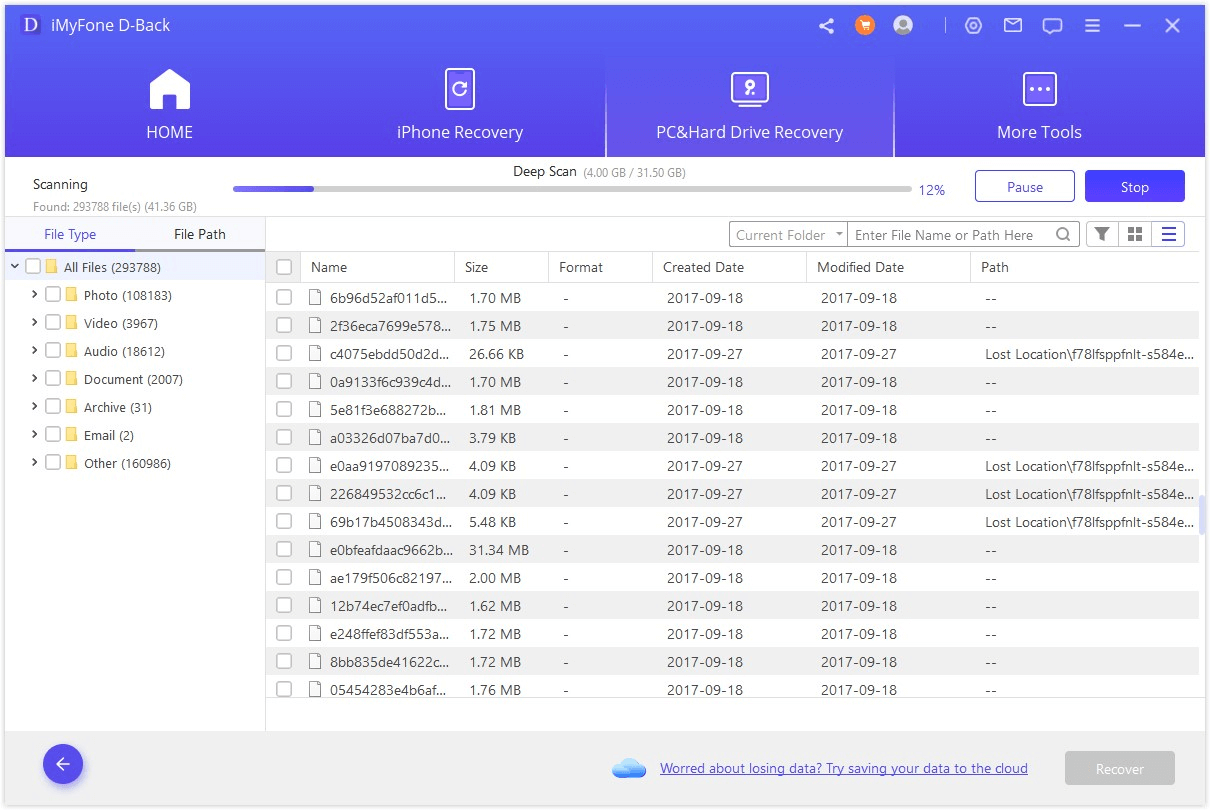
From the same top bar of the screen, you need to press the pause button if you want to pause the scanning process.
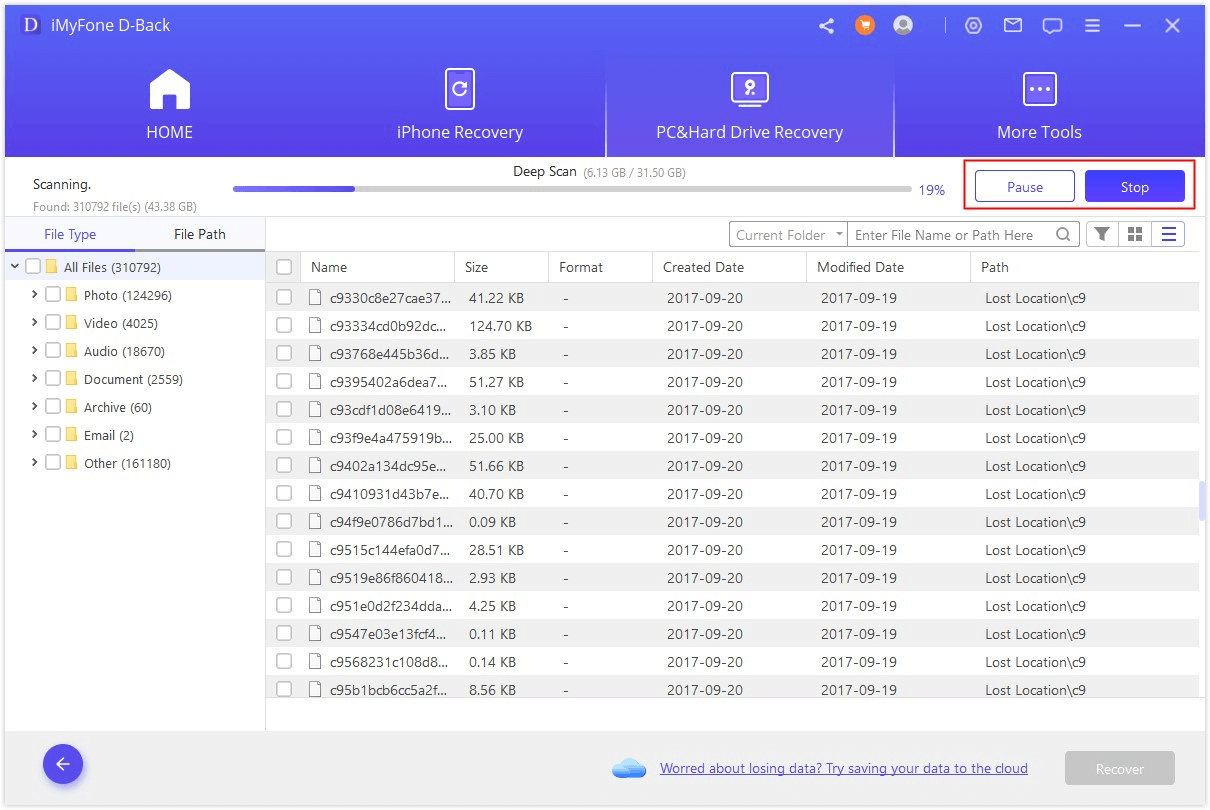
Step 3 – Preview & Recover
When the scanning is complete, you can check the files on the screen, so go through the files, select them, and press the recovery button.

2.2 How to Recover Ransomware Encrypted Files via Backup
If you want to restore your files via the backup method, then follow the below steps:
Step 1: Select the Settings option from the start menu.
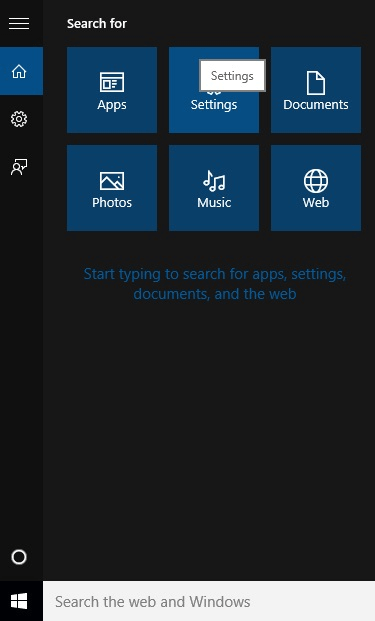
Step 2: Select the Update and Security option. After that, click on the Backup option > Backup using File history.
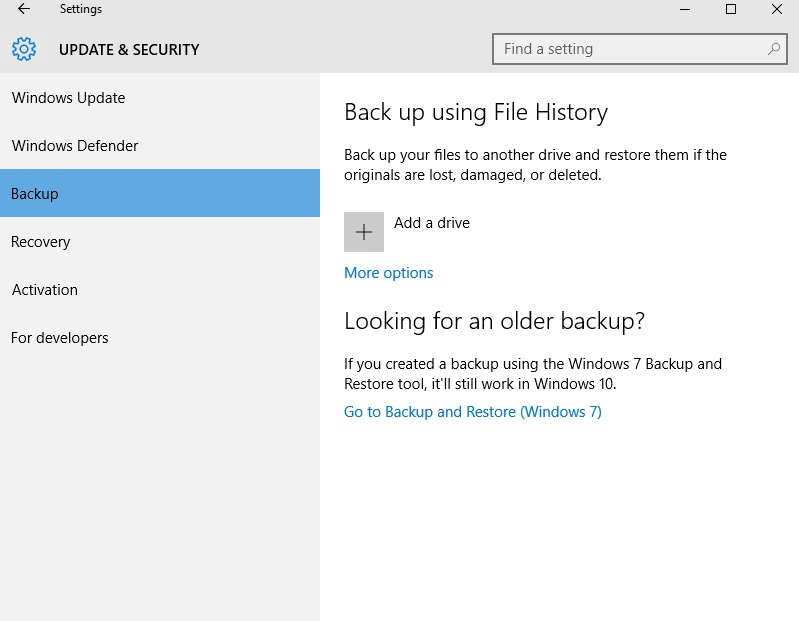
Click on the more option to continue the process.
Step 3: Select the Restore files from a current backup
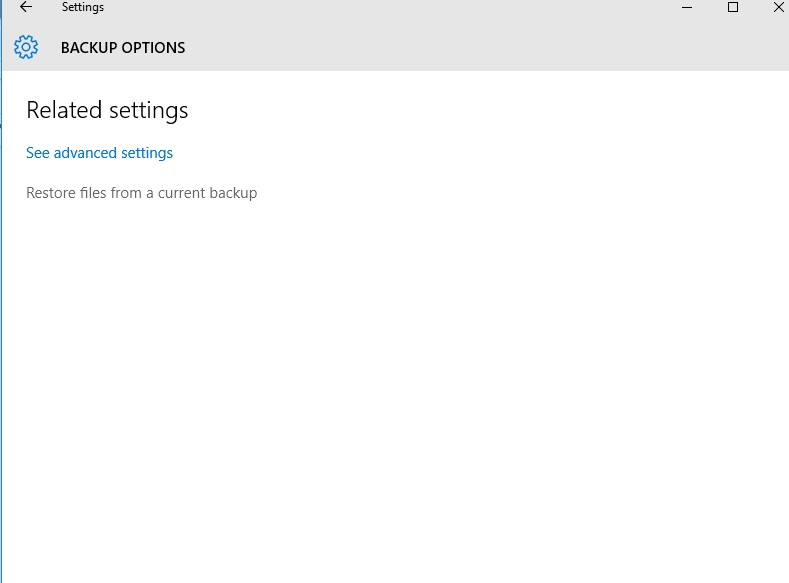
Step 4: At this stage, you'll be able to enter the file name that is required. Once it's done, you can search from different file versions. After that, click on the Restore button.
2.3 How to Recover Ransomware Encrypted Files Via System Restore
If you are using the Windows system and your device is under a ransomware attack, you can recover the data from the Windows System Restore option. Follow the below steps to do so:
Step 1: You need to open the Control Panel and go to the System and Security tab.
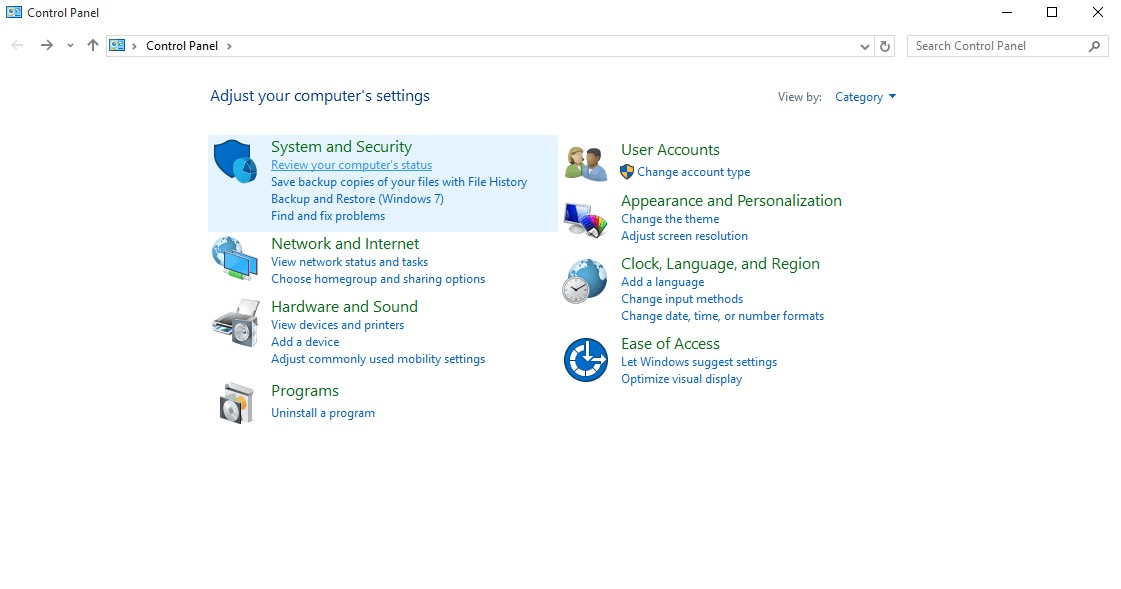
Step 2: Select the backup and restore option for this utility option.
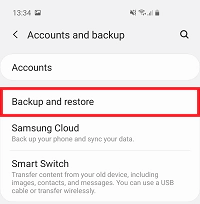
Step 3: When you choose this option, there will be an on-screen wizard where you've to follow the on-screen prompts.
2.4 How to Recover Ransomware Encrypted Files via Decryption Tool
Depending on the ransomware you are infected with, decryption tools are available. These decryption tools help break the ransomware encryption placed on the systems and files with the help of algorithms.
You can use the Avast tool. To start the process, download it on your PC, and install it. Once installation is completed, use the interface to restore the encrypted files. You can also go for the complete scanning process.

Part 3. FAQs about Ransomware Attack Data Recovery
3.1 How long does it take to recover from ransomware attacks
If you have to pay the ransom to recover the data, you might have to wait for over two to four weeks. However, you can depend on the iMyFone D-Back to recover data quickly.
3.2 How to recover encrypted ransomware files online
We recommend using iMyFone D-Back for online recovery, or you can access the backup apps to access data.
Conclusion
Recovering the data on your own can be challenging, especially after the ransomware attacks. However, you can use iMyFone D-Back for easier and quicker data recovery as it's free to download and can be used on whichever device you want!






















 March 29, 2023
March 29, 2023